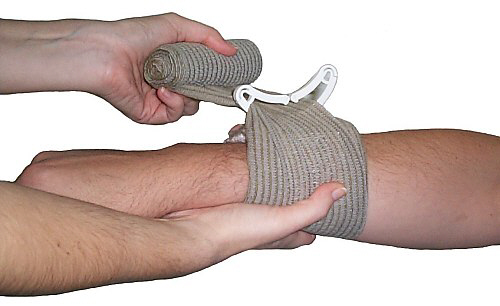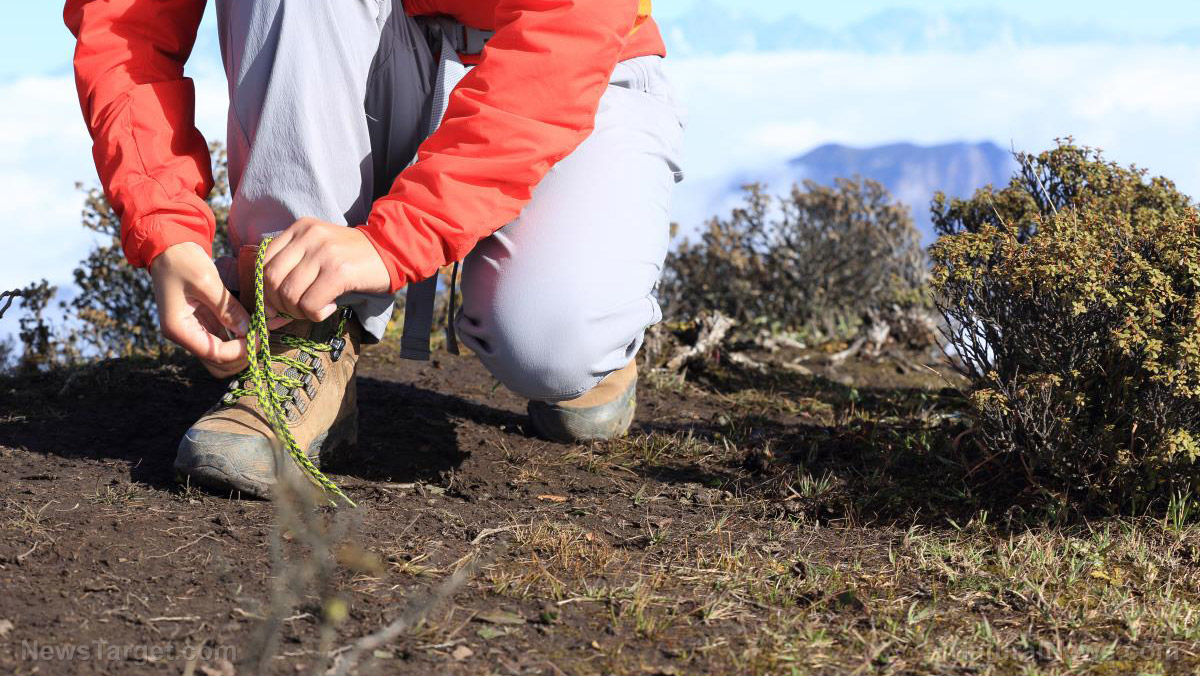Fundamentals of air purification: Planning ahead could save your life
08/02/2018 / By Michelle Simmons

Air quality is compromised in times of crisis or calamities, such as fires, nuclear attacks, and gas or chemical attacks. Here are 10 things you need to remember on air purification. (h/t to SurvivorPedia.com)
- Determine what needs to be filtered – Before buying air purifying systems, consider how much dust and large-sized particulates are in the air. For dust, a minimum efficiency rating value (MERV) five or six prefilter is needed. A higher MERV number means smaller particles are removed from the air at a greater percentage. Moreover, determine how much pollen, mold, and mildew spores are in the air. Build an Arduino unit or buy a pre-manufactured meter for detecting particles, or buy testing strips or kits that can be used to collect spores from the air, then send the kit to the lab to find out what kind of microbes are present. To detect gases in the air, you have to build your own sensors using an Arduino board because a pre-assembled device for one gas can cost hundreds of dollars.
- Identify the air quality issues that may develop during a crisis – Some crisis-related cases that would need a good air purification system include nuclear attacks where you can filter out dust and other debris; gas or other chemical attacks where you need filters with activated carbon; and biological warfare or germ attacks where you will need a MERV 12 to 15 filter since pathogen in the air can be very difficult.
- Have adequate air flow – Improving air flow in the house can prevent buildup of odors from normal household activities and imbalances in humidity. Air purifiers need good air flow to function optimally.
- Filter toxic gases – Although increased air flow causes gasses to dissipate easier, it is not enough. Activated carbon, which is disposable and can last for around three months, can help filter out the greatest number of volatile organic compounds (VOC) and other toxic gasses. Experiment with polymers and other materials used in gas masks for extra purification. The size of the filter and the speed of air moving through it are equally important for filter efficiency.
- Dust, pollen, and mold – A filter that can collect smaller particles does not mean that it will remove all particles in that size range. This is why working with pre-filters when creating an air purifying system is essential. Use washable and reusable filters with lower MERV ratings as pre-filters and prolong the lifespan of the higher capacity disposable ones.
- Meters and gauges – Continue to use your meters for detecting indoor air quality issues to check if your system is working as measurements are important for managing a crisis. They are important to determine when it is safe to remove gas masks or gauge how well the system is doing with managing crisis that cause air quality to deteriorate faster.
- Recycling and rehabbing used filters – When recycling and rehabbing used plated filters or water filters with activated carbon, remember that they can be a breeding ground for mold and mildew. Thus, ensure that they are thoroughly cleaned.
- Power for air filters – Electricity is needed to make an air purifier work. However, there are times when there is no electricity at all. Thus, consider using gravity powered fans or others that do not need electricity. Moreover, experiment with different fan blade designs to create an air purifier that spins faster and uses less energy.
- Ozone-based air purifiers – Ozone-based air purifiers cannot solve air quality problems as they can interact with other gasses and form more harmful compounds, cannot destroy mold, pollen, dust, or other particles, and cause breathing problems.
- Purifying air naturally – Some plants can remove formaldehyde, methane, and other toxic fumes from the air, but cannot eliminate pollen, mildew, and mold. They can also help increase oxygen levels and decrease toxins. Plants that can purify air indoors include Boston fern, palm trees, rubber plants, English Ivy, Peace Lily, Golden Pothos, and flowering air purifiers.
Learn more about air purification methods you can do at home at Homesteading.news.
Sources include:
Tagged Under: air, air filters, air purification, air purifiers, air quality, filtration system, Homestead, homesteading, preparedness, prepper, prepping, purification methods, survival



















